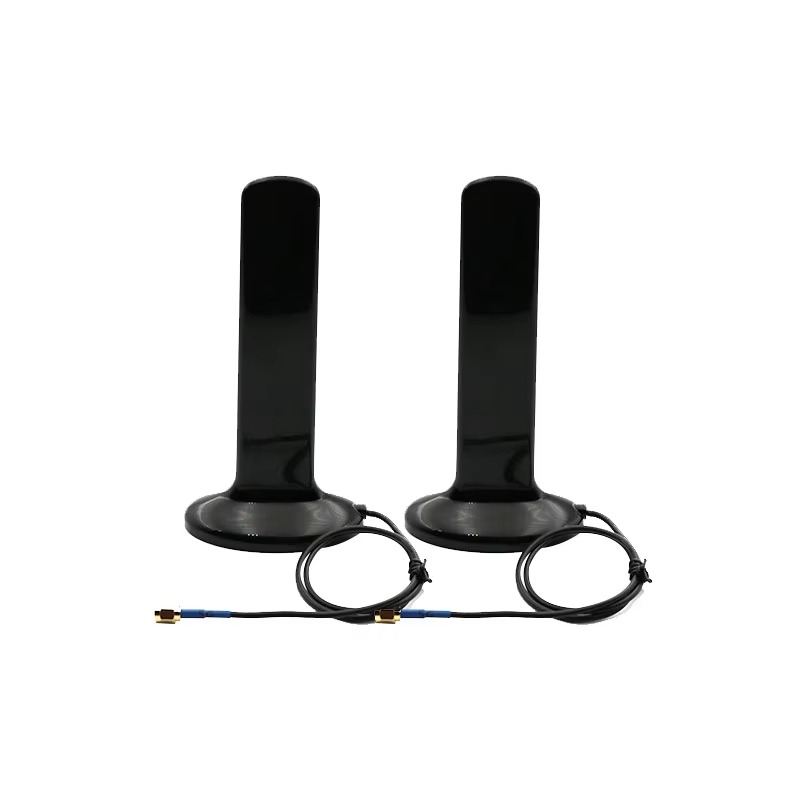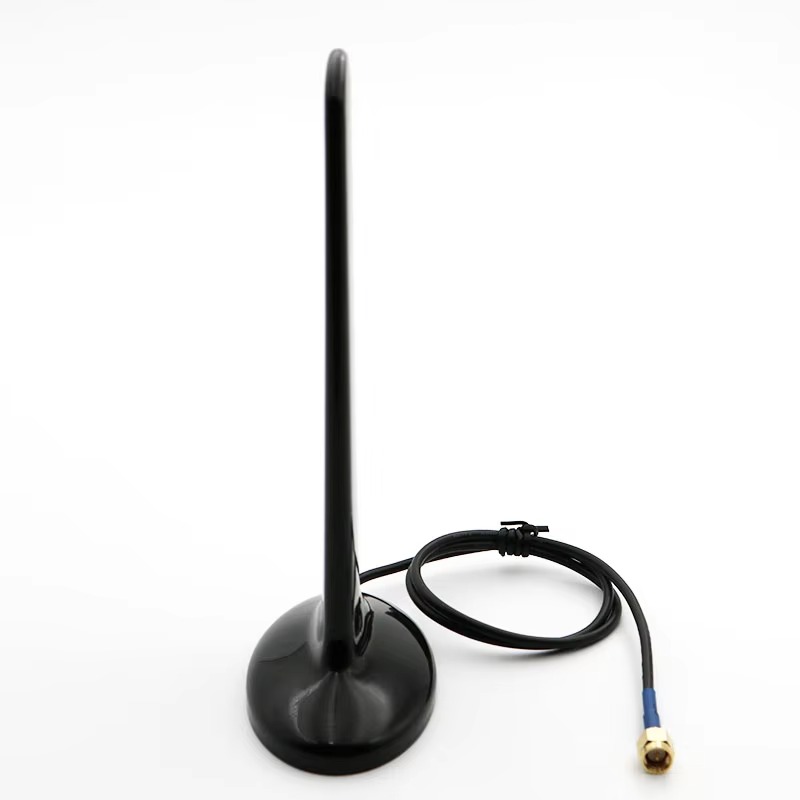Current Applications:
Automotive Telematics: Modern vehicles use combo antennas for connected car services, including real-time navigation, OTA updates, and V2X communication. The Proxicast 7-in-1 antenna, for example, supports C-V2X trials in Europe and North America.
Industrial IoT: In smart factories, combo antennas enable asset tracking (via GPS), machine-to-machine communication (via 4G/WiFi), and predictive maintenance (via sensor data aggregation).
Public Safety: First responders rely on ruggedized combo antennas (e.g., Taoglas MA1555) for mission-critical communication during emergencies, where reliable GPS and cellular connectivity are non-negotiable.
Future Trends:
5G Integration: The rollout of 5G NR (New Radio) will drive demand for antennas supporting sub-6 GHz and mmWave bands. Taoglas’ SynergyX MA1555 already includes 5G elements, paving the way for ultra-low-latency applications like autonomous vehicles.
AI-Driven Optimization: Machine learning algorithms will dynamically adjust antenna parameters (e.g., beam steering, frequency hopping) to optimize performance in real-time, addressing challenges like urban canyoning and signal fading.
Energy Harvesting: Researchers are exploring ways to power combo antennas using ambient RF energy or solar cells, extending battery life in remote IoT deployments.
Advanced Materials: Metamaterials and 3D-printed substrates will enable antennas with tunable frequency responses and sub-millimeter precision, opening doors to wearable and implantable devices.
6. Conclusion
Multi-function 4G WiFi GPS combination antennas represent a transformative leap in wireless communication, offering unparalleled efficiency, performance, and versatility. By integrating three critical technologies into a single housing, these antennas address the spatial, cost, and aesthetic constraints of modern connected systems while unlocking new possibilities in automotive, industrial, and public safety applications.
Despite challenges like interference and thermal management, ongoing innovations in materials science, AI, and 5G are poised to overcome these hurdles, ushering in an era of ultra-reliable, low-latency communication. As the IoT ecosystem expands—with an estimated 75 billion connected devices by 2030—multi-function antennas will remain at the heart of this revolution, enabling seamless connectivity and navigation in an increasingly digital world.
Manufacturers like C&T RF Antennas Inc., Taoglas, and Proxicast are at the forefront of this evolution, continuously pushing the boundaries of what’s possible. For developers and engineers, the message is clear: embrace combo antennas not just as a cost-saving measure, but as a strategic enabler of future-proof, scalable solutions.




































































 Language
Language
 En
En Cn
Cn Korean
Korean

 Home >
Home > 







 18665803017 (Macro)
18665803017 (Macro)













